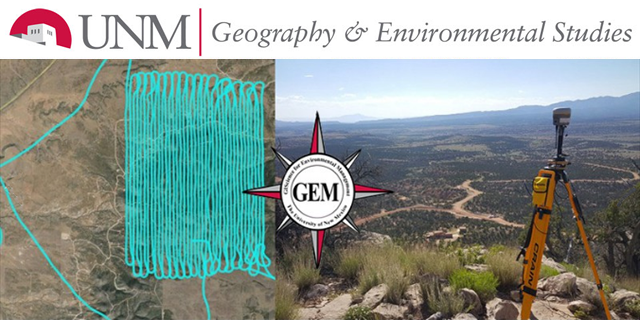
Geography ETDs
Publication Date
Spring 4-10-2017
Abstract
Dozens of catastrophic forest fires have impacted New Mexican communities over the last two decades, threatening humans, property, and livelihoods. Ecologically, forest systems are stressed by historically unprecedented tree density, drought, increased temperature, and dwindling ecological diversity, further increasing fire danger. An increasingly common response to these threats is to actively manage New Mexico’s forests using mechanical tree thinning and prescribed fire, with a goal of “restoring” forests to a healthier ecological state. Restoring forests is both a scientific and cultural act. While the science is well studied, land managers often struggle to understand how human values impact forest restoration decisions, and how those values differ from one community to the next. This paper examines a restoration project in La Cueva, New Mexico, a community that is debating whether and how to restore forests near their homes. Qualitative interviews with La Cueva residents and forestry professionals reveal that conflicting concepts of “nature” influence how individuals define successful forest restoration and beliefs about what (if anything) should be done to manage nearby forests.
Degree Name
Geography
Department Name
Geography
Level of Degree
Masters
First Committee Member (Chair)
Melinda Harm Benson
Second Committee Member
Chris Duvall
Third Committee Member
K. Maria D. Lane
Document Type
Thesis
Keywords
Forest restoration; La Cueva; nature studies
Recommended Citation
Stone, Jordan W.. "Forests on the Edge: Forest Restoration and Concepts of Nature in Northern New Mexico." (2017). https://digitalrepository.unm.edu/geog_etds/32
Included in
Environmental Sciences Commons, Environmental Studies Commons, Human Geography Commons, Nature and Society Relations Commons, Social and Cultural Anthropology Commons


